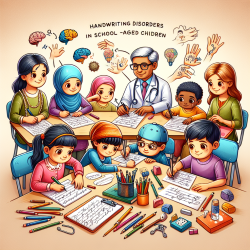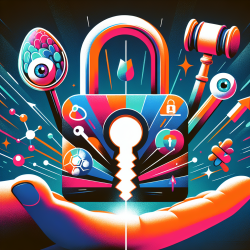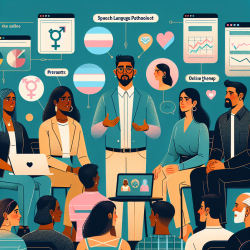In today's fast-paced digital world, mental health practitioners are constantly seeking innovative ways to provide effective support. One such innovation is the integration of text-based coaching in digital mental health interventions. This approach not only broadens accessibility but also offers a unique avenue for practitioners to enhance their skills and improve client outcomes.
The Role of Text-Based Coaching
Text-based coaching is a method where coaches use messaging platforms to communicate with clients. Unlike traditional face-to-face therapy, this approach allows for asynchronous communication, providing flexibility for both coaches and clients. The research article "Guidance on defining the scope and development of text-based coaching protocols for digital mental health interventions" offers valuable insights into developing effective coaching protocols.
Key Considerations for Practitioners
- Defining the Scope: Clearly differentiate between coaching and psychotherapy. While psychotherapy involves skill acquisition and emotional exploration, coaching focuses on supporting clients in applying these skills.
- Workflow and Timing: Establish a structured workflow that outlines the timing and content of messages. This can vary from weekly outreach to more frequent contact based on client needs.
- Content Crafting: Messages should be concise yet impactful. Utilize templates to maintain efficiency while allowing personalization based on client progress.
- Coach Characteristics: Consider the training level and availability of coaches. While clinical degrees can be beneficial, well-trained laypersons can also effectively support clients.
- Training and Supervision: Continuous training and supervision are crucial. Develop checklists to assess adherence to protocols and identify areas for improvement.
The Benefits of Text-Based Coaching
The asynchronous nature of text-based communication allows coaches to craft targeted messages, enhancing the clarity and effectiveness of interactions. Additionally, it reduces the need for scheduled appointments, making it a convenient option for both parties involved.
Tackling Challenges
The absence of non-verbal cues in text-based communication can lead to misinterpretations. To mitigate this, it's essential to set clear expectations regarding response times and boundaries at the onset of the coaching relationship. Furthermore, practitioners should be cautious with humor and emoticons to avoid misunderstandings.
The Path Forward
The integration of text-based coaching in digital mental health interventions represents a significant step forward in expanding access to mental health support. By adopting the guidelines outlined in the research article, practitioners can enhance their skills, ensuring they provide engaging and effective support to their clients.










